Head lice seem to be more common for children rather than for adults, and indeed, kids tend to suffer from this critter way more frequently. However, fighting lice invasion quite often happens with the grown-ups, too.
If this happened to an adult, don’t panic: approximately six to twelve million people have to go through it every year, and they manage to fight the lice.
Since successfully repelling the parasite means using medical remedies, quite many people believe that various DIY means including hair dye can become handy in this struggle.
Will hair dye kill lice? Does bleach kill head lice? To make it clear, we will explain how coloring hair can affect this critter.
Does Hairdye Kill Headlice?
To begin with, we must admit that quite a few types of research and evidence exist that would prove hair dye can destroy lice when being applied to the damaged locks.
Nevertheless, people still claim that this homemade remedy helped them to fight the critter back and make the treatment procedure easier.
Indeed, upon taking a closer look at the dye box ingredient list, we can notice that common hair pigment contains quite many components that appear to be chemicals harmful not only for our scalps but for such parasites like lice. This is the aspect that makes hair dye and lice enemies.
Despite being harmful to the critters, hair dye is not in fact the anti-lice cure even if we use the one with ammonia. It has the potency to kill the parasites but, nevertheless, we drive your attention to the fact that simply coloring the chevelure doesn’t guarantee that the hair dye will kill lice forever.
Still, this chemical product does influence the parasite, and it is good to know how exactly it happens.
In What Way Hair Dye Affects Lice
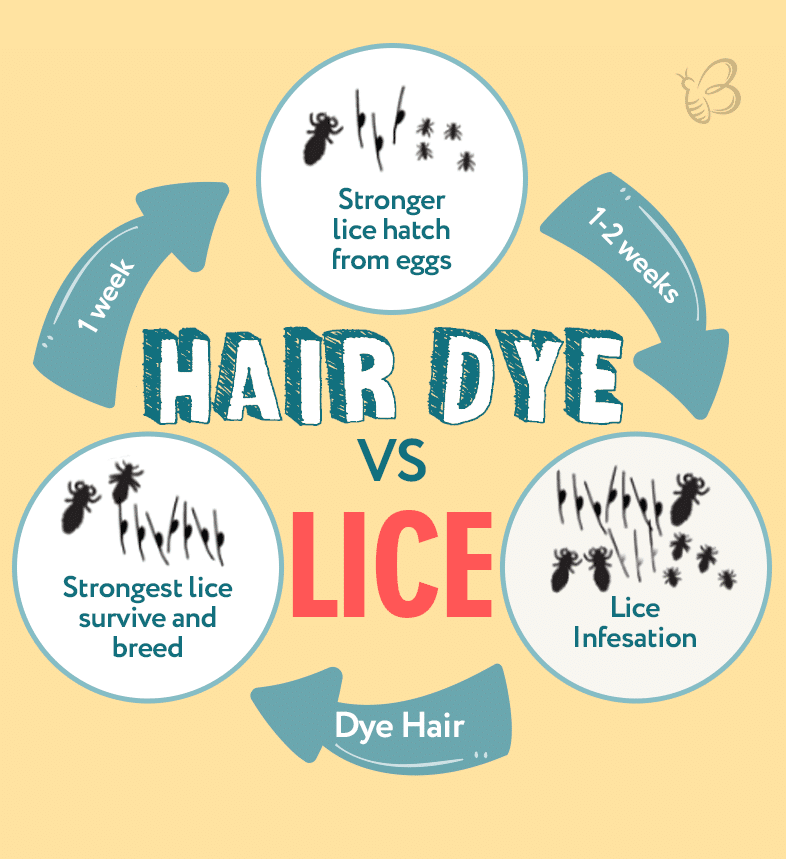
If you color the locks often enough, you probably know that the pigment contains two major components which are peroxide and ammonia. These two not only help in coloring procedures but also can reduce the lifespan of such organisms like lice and their nits.
How exactly do they work?
Peroxide makes our strands dry and rough because due to its exposure they lose sulfur. Since the critters flourish on smooth and soft shafts, such a dramatic change will make it harder for head lice to lodge in adults with color-treated hair!
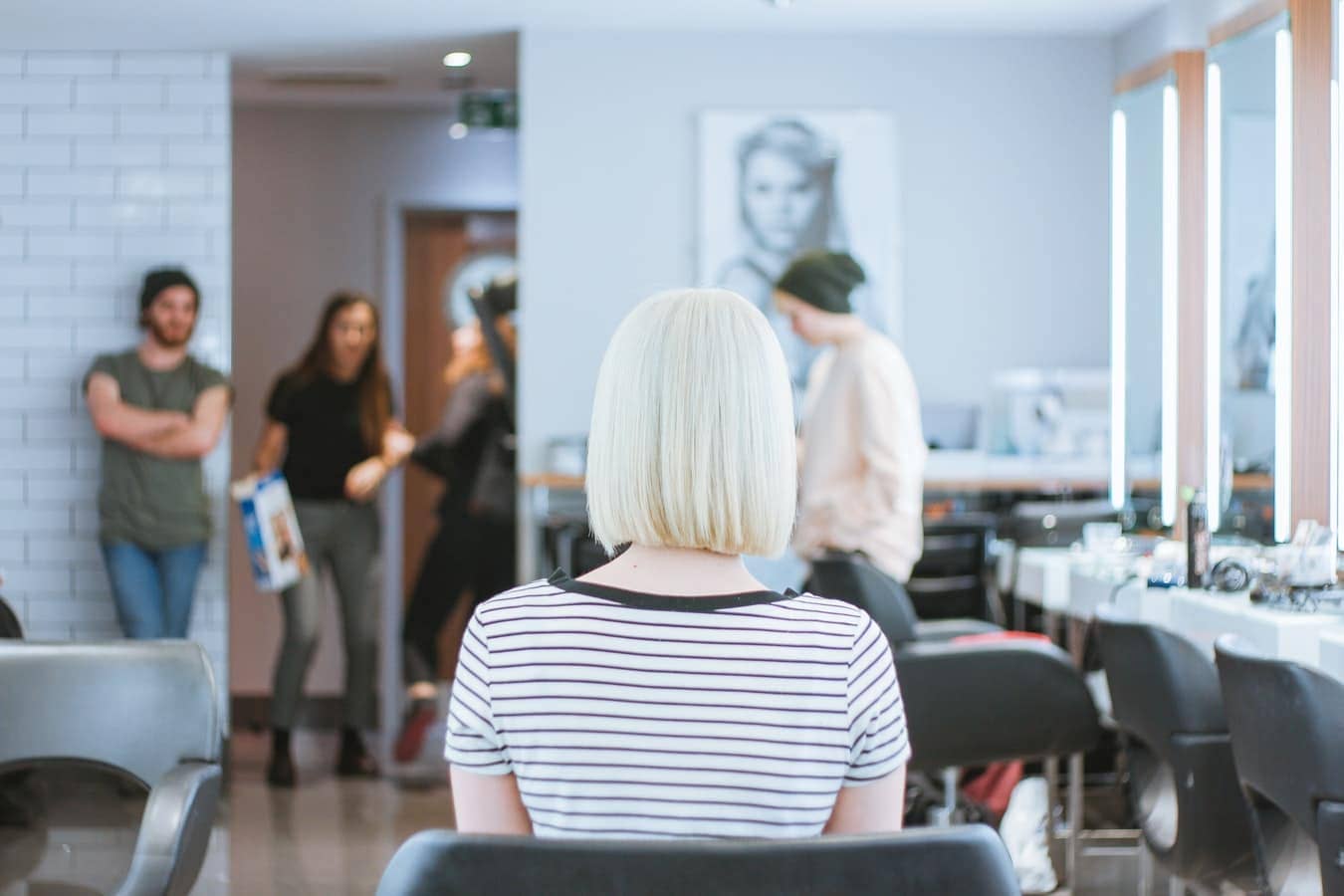
As for ammonia that is applied for lightening the locks, lice tend to become vulnerable when exposed to certain amounts of this liquid because it turns the scalp environment highly alkaline which is deadly for those parasites. In terms of this, it doesn’t matter what brand of hair dye kills lice, the product just must contain ammonia.
Also, counting on this fact, it is obvious that only permanent pigment can be more or less effective in fighting the critters.
Will Haircolor Kill Baby Lice?
Can hair dye kill head lice nits?
This is a rather frequent inquiry from those who happened to get infested somehow. Indeed, the logic is simple: since coloring can work on the adult parasites, why can’t it be the same for their baby forms?
However, the result might be not quite satisfying. Even though adult lice and hair dye are not friendly to each other, the baby forms of the parasite are different.
Indeed, the chemicals that the dye contains can assist in fighting the lice eggs, however, we would not recommend relying on it since the babies that are less than three days old will not be affected being still undeveloped and chemicals will not work on them.
Will Bleach Kill Lice?
Another stuff that is believed to be potent to destroy those parasites on people’s heads is bleach.
Can bleach kill lice? Frankly speaking, it hangs upon what bleach we are talking about. Indeed, pure Clorox product will destroy the parasites, however, it must never get in contact with your head or hair! This stuff is highly hazardous and may result in nasty chemical burns, poisoning (when absorbed through the skin of the head), and damage the eyes if it accidentally gets into them.
Will hair bleach kill lice?
Unfortunately not. The components of this solution are not able to harm the critters so much.
Why Coloring Your Chevelure Is a Bad Idea To Kill Lice
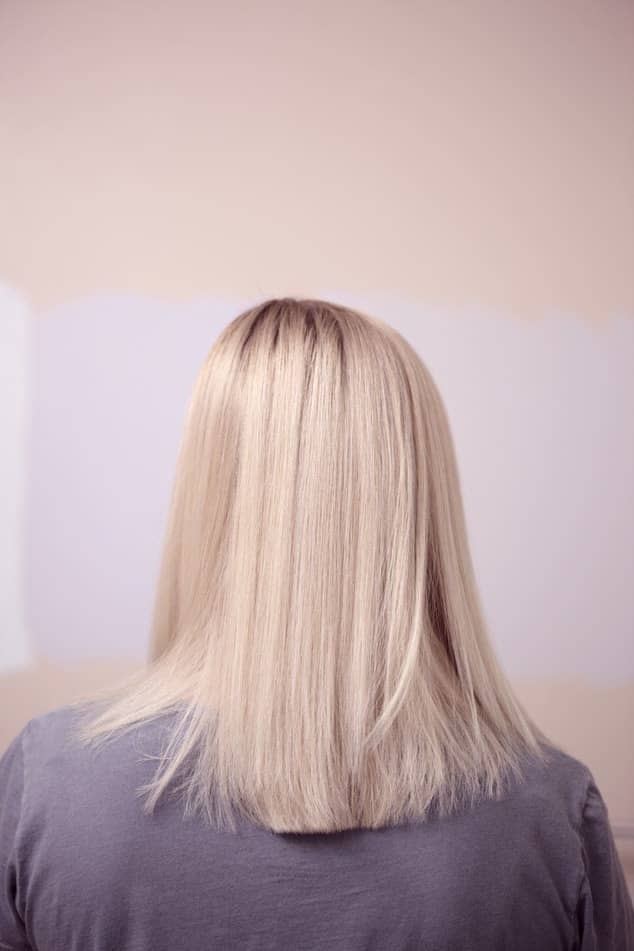
Can dyeing hair kill lice? Considering what was said above, we can make a conclusion that changing the color of the chevelure is hardly an option for removing the parasites.
On the contrary, the procedure may have completely the opposite effect!
- The lice removal may turn out to be harder since colored critters and their babies will be more complicated to spot
- The coloring pigment can’t kill the nits that make the whole removal procedure useless since the eggs will later grow into the adult critters again
- Modern parasites are resistant to peroxide and who knows how soon they will develop immunity to ammonia! Can head lice survive hair dye? Definitely, it can! That is why it is better to opt for a stronger cure
- The frequent appliance of the pigment can damage your locks
That is why, in case of spotting the critters, you’d better visit the doctor and have them removed thoroughly.
How to Effectively Destroy Lice?
Getting rid of critters can take quite a lot of time, at least three weeks, so it is better to decide upon a really effective method at once so that you would not have to re-treat yourself later.
To tell the truth, lice removal is time-consuming and consists of several steps that must be regularly repeated:
- Wet combing with a special lice comb will make the parasites more visible, and they can be eliminated and combed off easier. To perform it, pulverize the wet strands with conditioner and meticulously comb. It is hell long and boring but works pretty well.
- As a supportive measure, apply almond or olive oil to smother the critters. It will not destroy them but will make them slower and thus simpler to spot between the hairs.
- Go for essential oils. Parasites hate certain sorts of them, for instance, tea tree, clove, neem, cinnamon, peppermint, and some others. To use, blend the product with a carrier oil and apply it to the scalp with a cotton swab. After being left overnight, this remedy will repel lice.
Such procedures must be repeated every five days for three weeks at least to have an effect.
Remember to clean and wash all the tools used for lice removal (e.g. towels, combs, etc), and clean all the items the infested person’s head was in contact with. Hats, pillowcases, hair maintenance tools must be washed in hot water (54 C or higher) and treated in a hot dryer since lice can’t stand the heat.
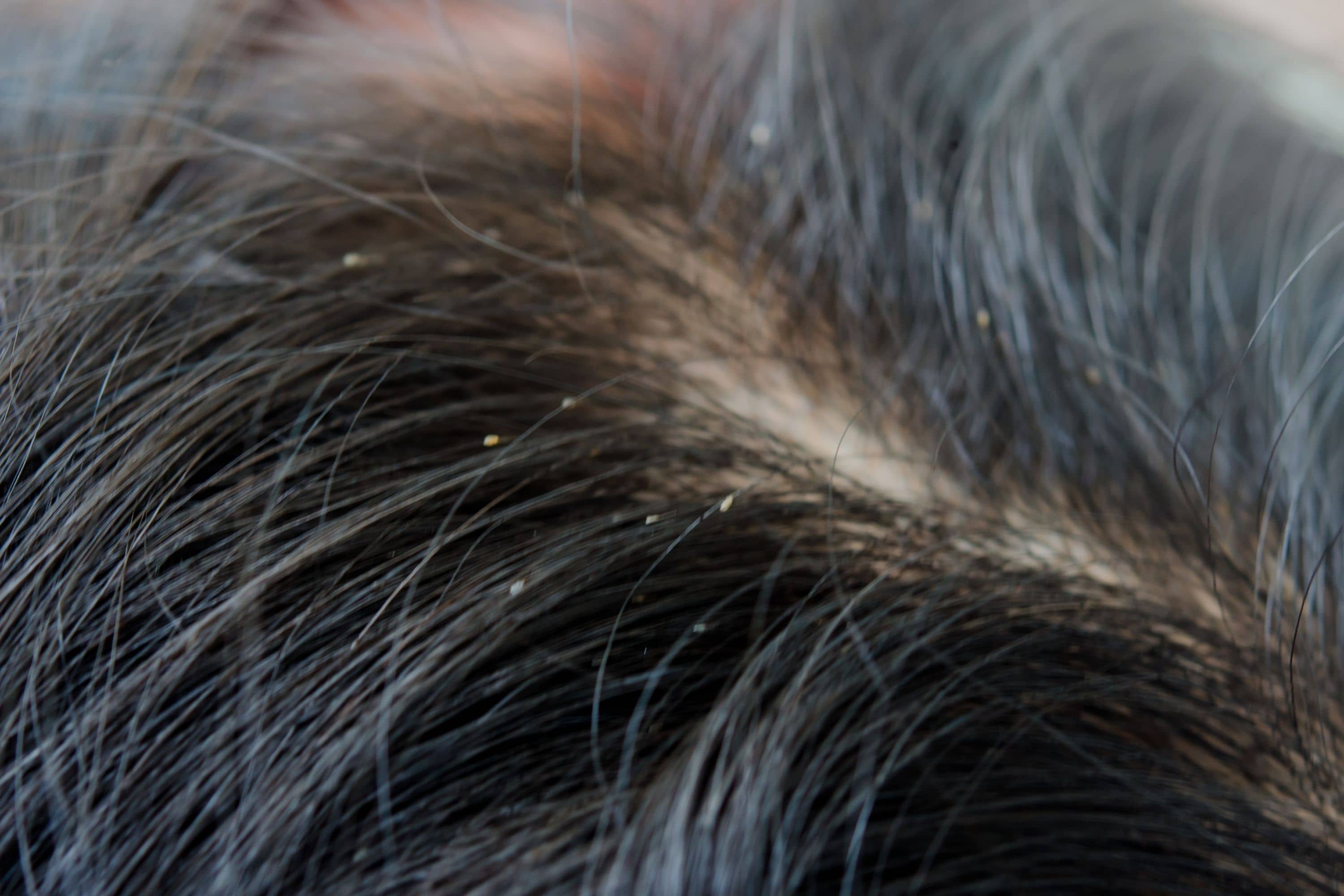
Safety Precautions
Since permanent hair dyes cause chemical changes, they can affect not only your natural hair color, but also irritate your scalp and cause allergic reactions. Side effect may appear not only on your scalp but also on your neck, and even face, including:
- Itching
- Burning
- Redness
- Swelling
- Hives or welts
And remember that these side effects tend to develop and become even more severe in case you are using hair dye or bleach products more often than planned, which is normally once a month. In addition, you may cause more damage to your hair making it thinner and dryer.
Another safety precaution that you should follow is not to get in direct contact with either bleach or the hair dye with your bare skin.
Wear protective gloves and cover the open parts of your body to prevent the dye from dripping on them.
And of course, make sure that no product gets into your eyes, nose, or mouth!
In addition, it is good for you to keep in mind that hair dyes are not the best option to apply them on children as anti-lice remedies. Children’s hair is way more prone to damage, besides, they may develop allergic reactions to the chemicals that hair dyes contain.
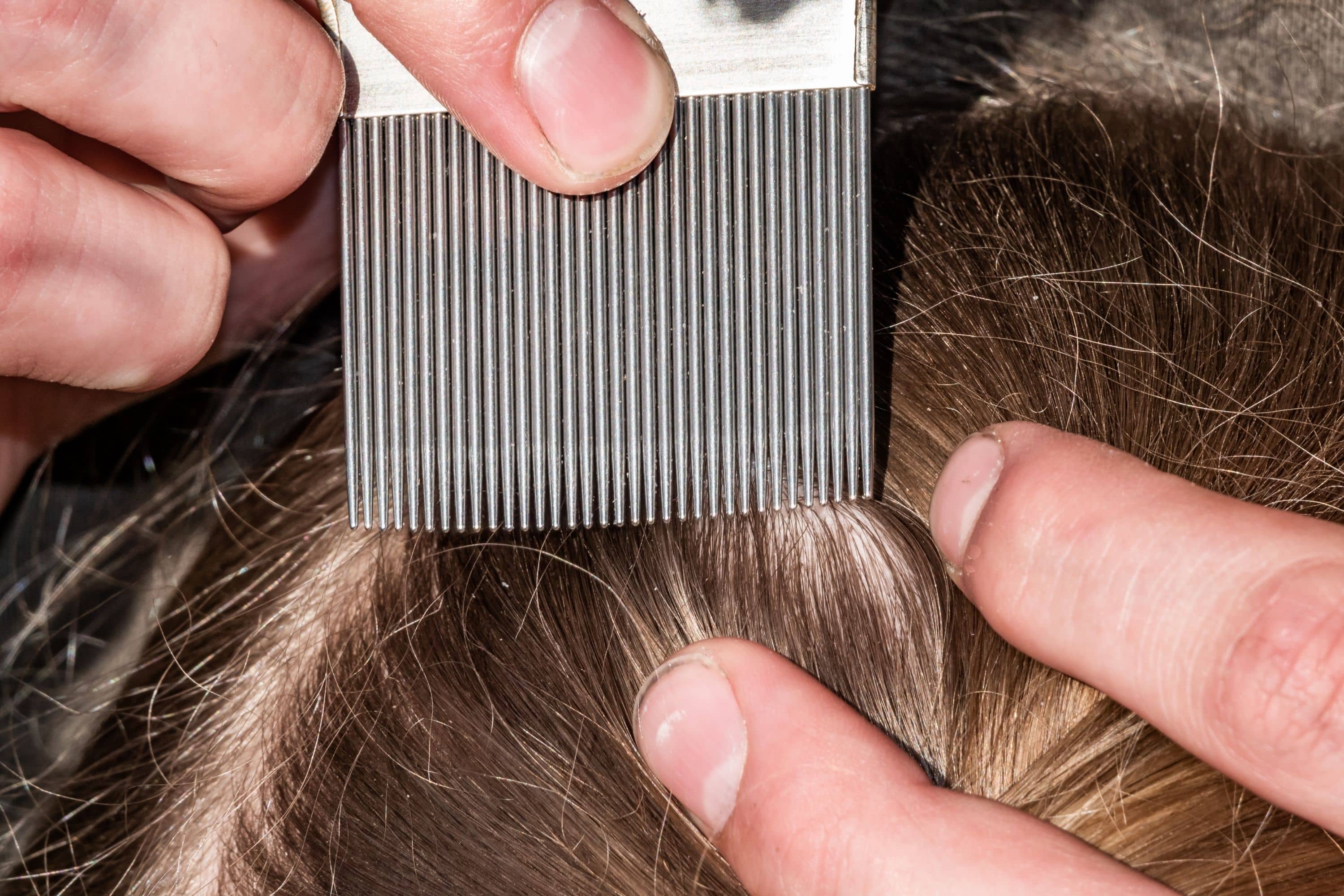
Common Treatments
Lice may become a huge problem and your constant headache if you don’t get rid of them quickly. Fortunately, there are tons of different remedies you can make use of in order to cast these parasites away!
And even though some types of lice may become resistant to certain treatments that have been used for a long time by now, such as medicated shampoos or stearyl alcohol, you still have options to choose from.
Experiment with the at-home lice treatments to choose the one that works best for you, and remember that any lice removing method implies taking them out manually with the use of a special fine-toothed lice comb.
So what are the most common lice treatments that you can opt for?
- Lice elimination kits
- Olive oil or mayo
- Coconut oil
- Essential oils
Anti-lice kits use various insecticides, this is why some of them may not be appropriate for babies, toddlers, and small children, for example. They may also be unsafe for pregnant and breastfeeding women! So read the instructions carefully before applying or even buying such a kit!
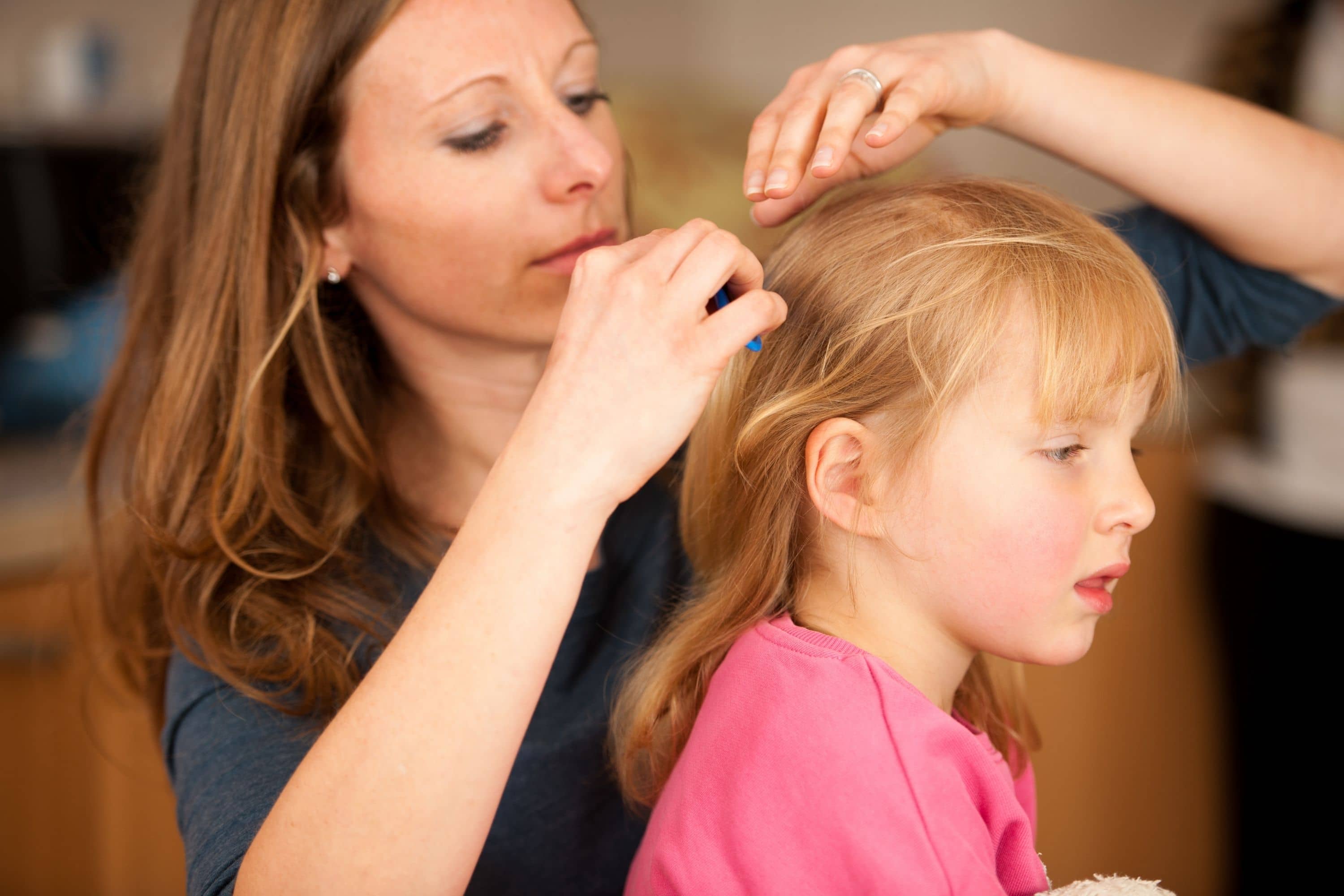
Olive oil or mayo can be applied right onto the scalp to make lice suffocate.
However, this method has not been proven effective yet. The same is true for coconut oil. The only proven benefit oils can give you is that they are very good on hair making it nourished.
As for the essential oils, some of them (e.g. peppermint, lavender, or rosemary) may indeed repel lice! Try to use them diluted with a carrier oil as a smothering treatment.
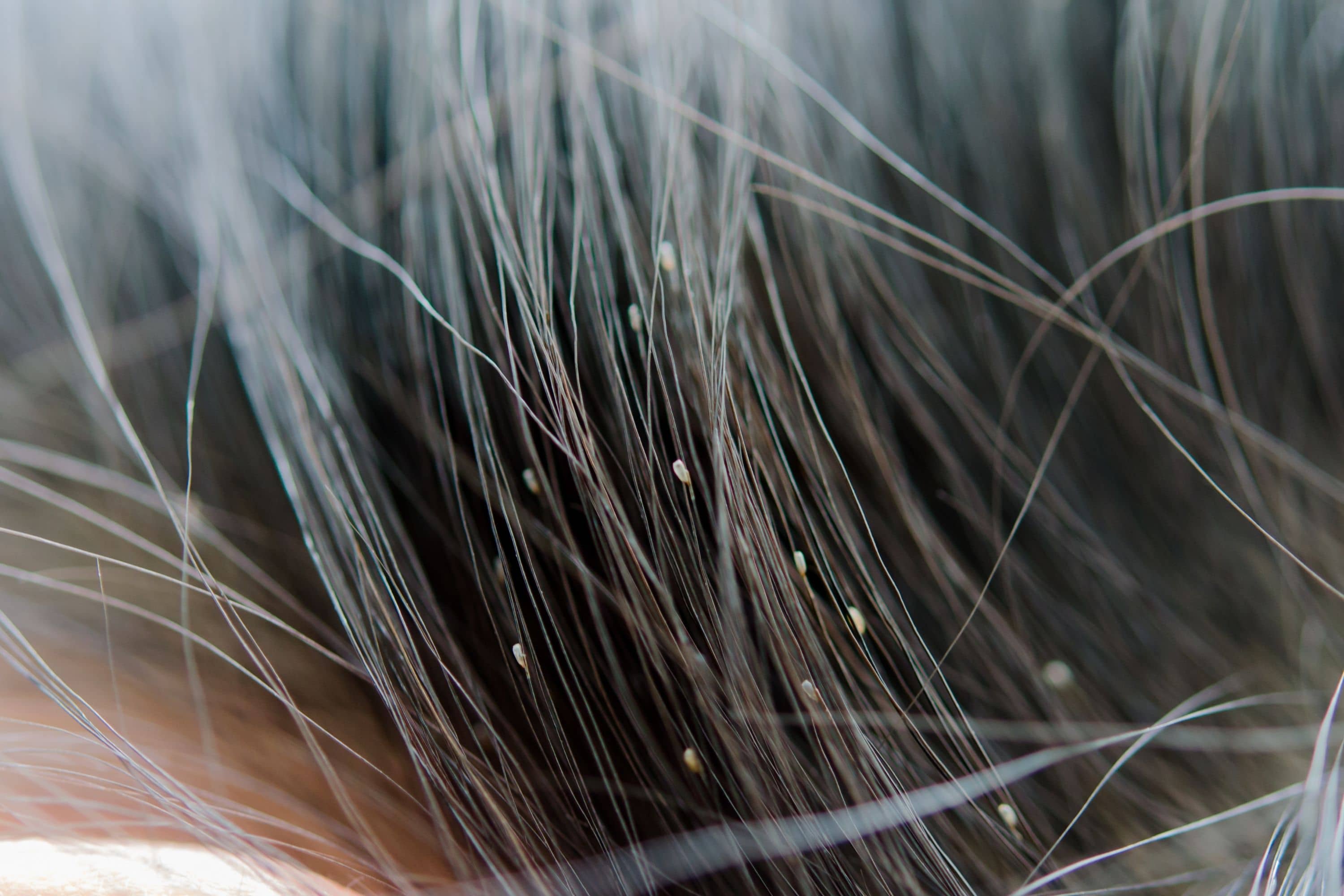
How Hair Dye May Kill Lice
You might not be aware of this, but hair dye can in fact be used as an effective lice-killing remedy! However, it will still be better if you combine hair dye with other anti-lice products and methods.
For instance, with vinegar and/or combing. And keep in mind that, to get rid of lice completely, you will have to repeat the procedure every week!
So if you are going to make use of a hair dye as a lice removing method, follow the steps described below:
- First, saturate your scalp with the solution of water and 5% acidity white vinegar mixed in equal parts. Work this solution down each hair shaft near the scalp, behind the ears, and at the nape of your neck. Leave it to work for fifteen minutes.
- Rinse the solution with warm water.
- Now comb out lice and lice nits using a fine-toothed lice comb. Clean your comb in very hot water after each combing session before you start the new one.
- Now mix the hair dye according to the instructions on the box.
Saturate the scalp with the dye concentrating on the areas that you treated with vinegar solution. - Rinse the dye out thoroughly.
- Comb your hair again with the lice comb.
- Dry your hair with a hot hair dryer.
And remember that dyed hair itself will not repel lice if you come in contact with the insects again!
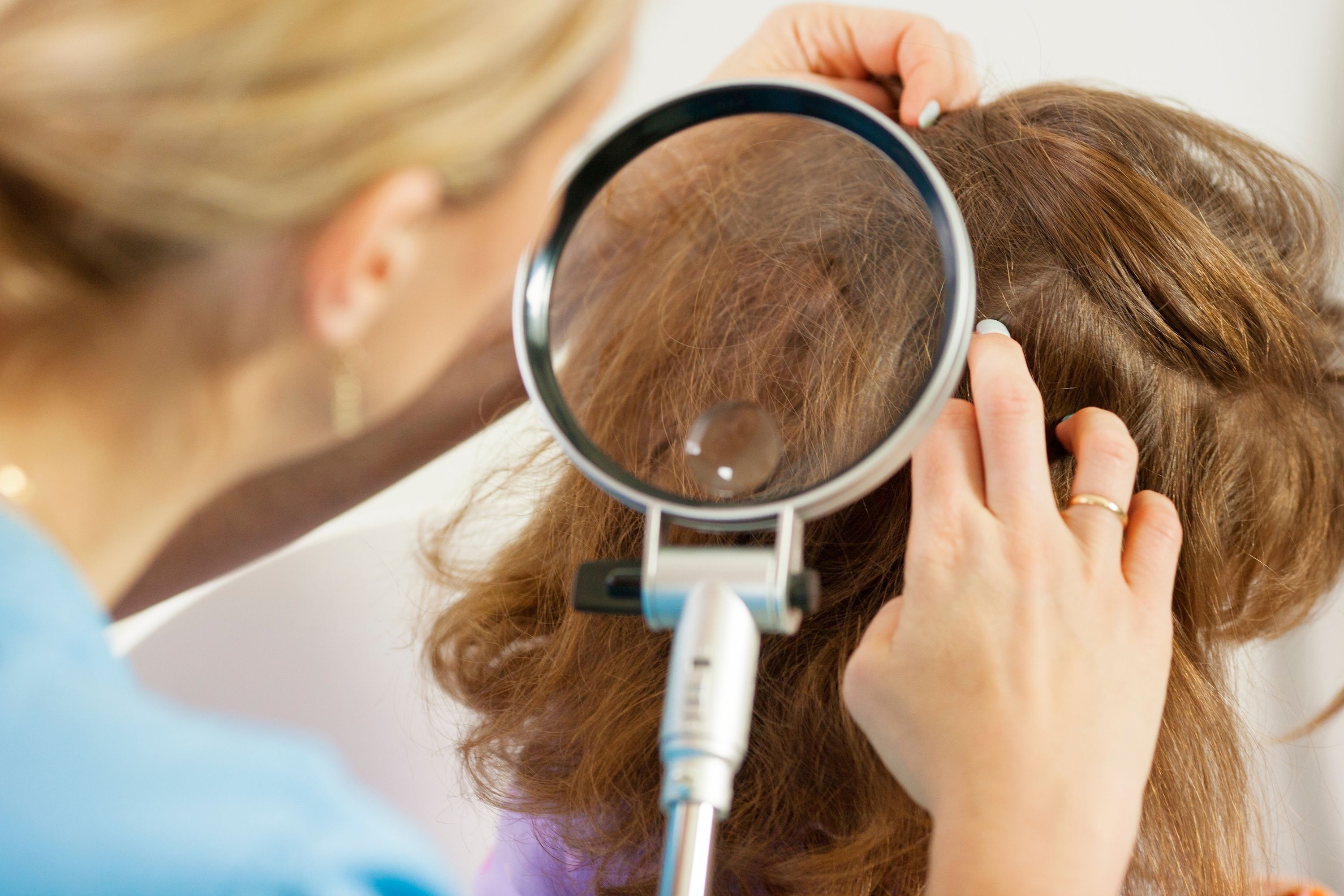
Do Lice Like Dyed Hair?
Frankly speaking, the statement that lice don’t like dyed or bleached hair is a myth. This bug cares not whether your hair is dyed or not. The only thing it needs is to climb up the hair to get to the food source, which is the head’s blood.
So basically, it doesn’t matter whether your hair is dyed or not.
People with undyed hair have equal chances to get lice just like those who changed the color of their locks.
However, hair dye can be used as a lice killing product, but you will still need to use additional remedies to get rid of these insects quickly.

Conclusion:
Lice infestation is a troublesome thing to deal with. It is very time-consuming and effort-consuming as well to comb those lice and their nits out of your hair with a comb!
In addition, you will have to undergo extra treatment to make sure these bugs have left once and for all.
And that treatment also takes time.
This is why the best solution is to prevent lice from getting onto your head. Remember: preventing is always cheaper and easier than treating.
[wp-faq-schema title=”Frequently Asked Questions”]
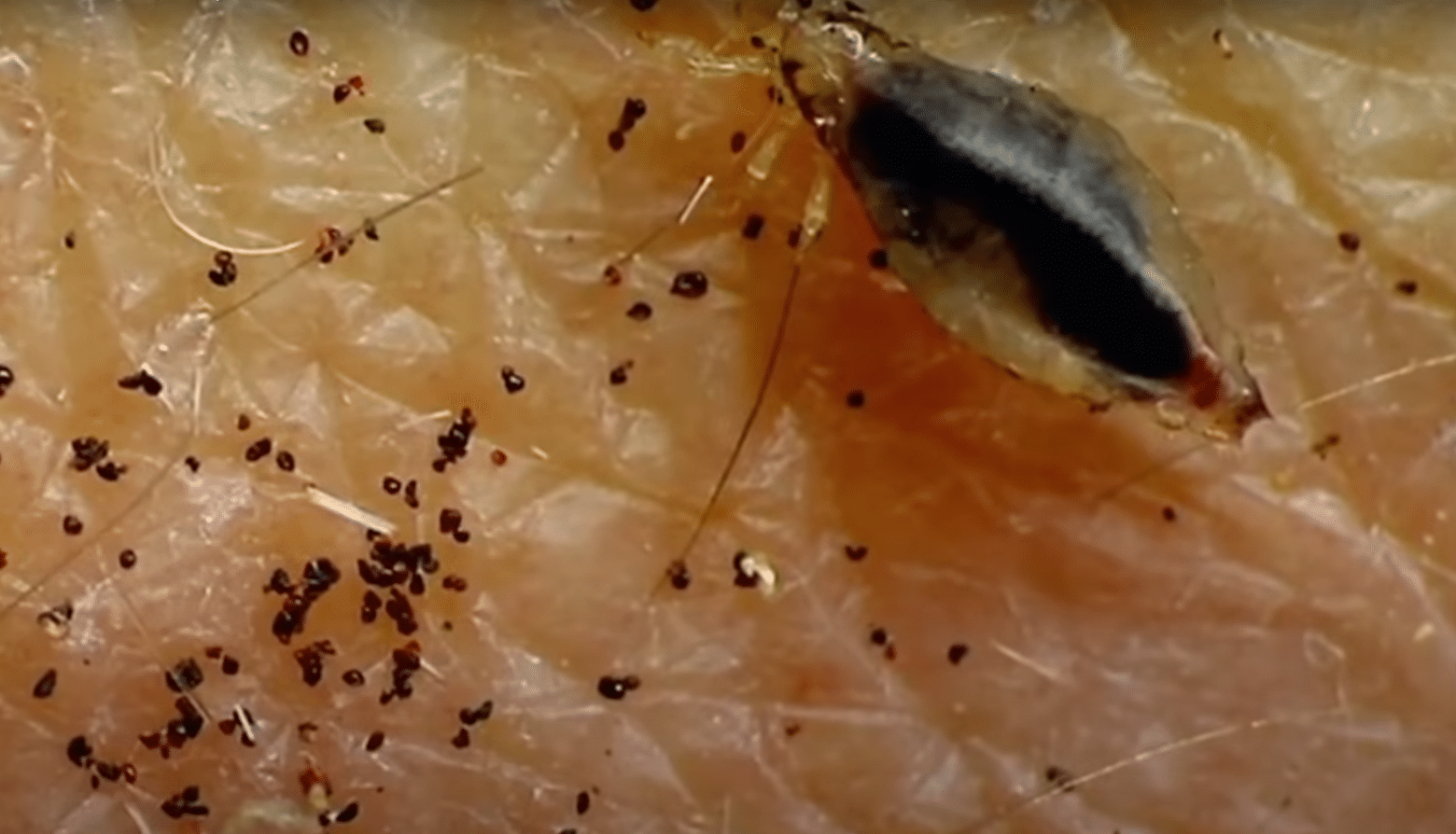
Do hair dryers kill lice? I know these critters can be killed with a tool that reminds hairdryer, but what if I dont have it? Can I go for an ordinary device?
I heard it works if appled correctly and it can kill the eggs almost completely. Lice do die out because of heat (both from hot water and air), so I guess it can work.
Can lice survive a hair straightener? I thought since it’s hot it can kill them.
No, it will not kelp much. Lice live closer to the scalp where the tool can not reach them.
Can I dye my hair after lice treatment? If I can, then how soon it can be done?
Even the next day after the final treatment is fine, only ensure all the critters are gone since removing colored lice is a hell lot of work!
Please, suggest any alternative lice-killing methods! Can taking a hot shower kill lice?
You need to understand that the single treatment won’t kill them all. This is a long-lasting procedure. Besides, hot shower will have no effect.
Will coconut oil kill lice? Did anyone try it?
It will not kill them but I guess it can kind of suffocate them making the critters slower and thus simpler to spot.
How I’ve been taking care of my lice . First I started washing all my clothes in hot water and hottest dryer cycle . I bought a huge bag of diatomaceous earth (it’s like fossilized river shells made into a powder) and spread that on everything ,even myself as a sort of “delousing” powder . I would “delouse” myself daily , I also shaved off all the hair from my body , easy to do as a guy , shaved head looks good on me. I used clove , tea tree and castor oil on my eye brows and armpits and body folds where I thought lice might try to hide inside when I’m not looking . I also bought a couple bags of new underwear,socks,and undershirts and just used those when I could get but with not having to wear anything else , I also threw anything i did have to wear , like work clothes into the dryer before putting on ,even if I cleaned the clothes prior to having to wear them. I have a spray bottle with alcohol the 90% mixed with some lavender and neem oil I spot spray furniture also i vacuum everything and sweep when i can. I haven’t actually seen any live lice , but i felt a bite and i found a few nit shells on me so i know they’re trying to get crazy with me. They chose the wrong one though. I will keep this routine until i am sure it’s safe to stop.
Wow Chris! Thanks for sharing your story)
Yeah, they choose a wrong guy!